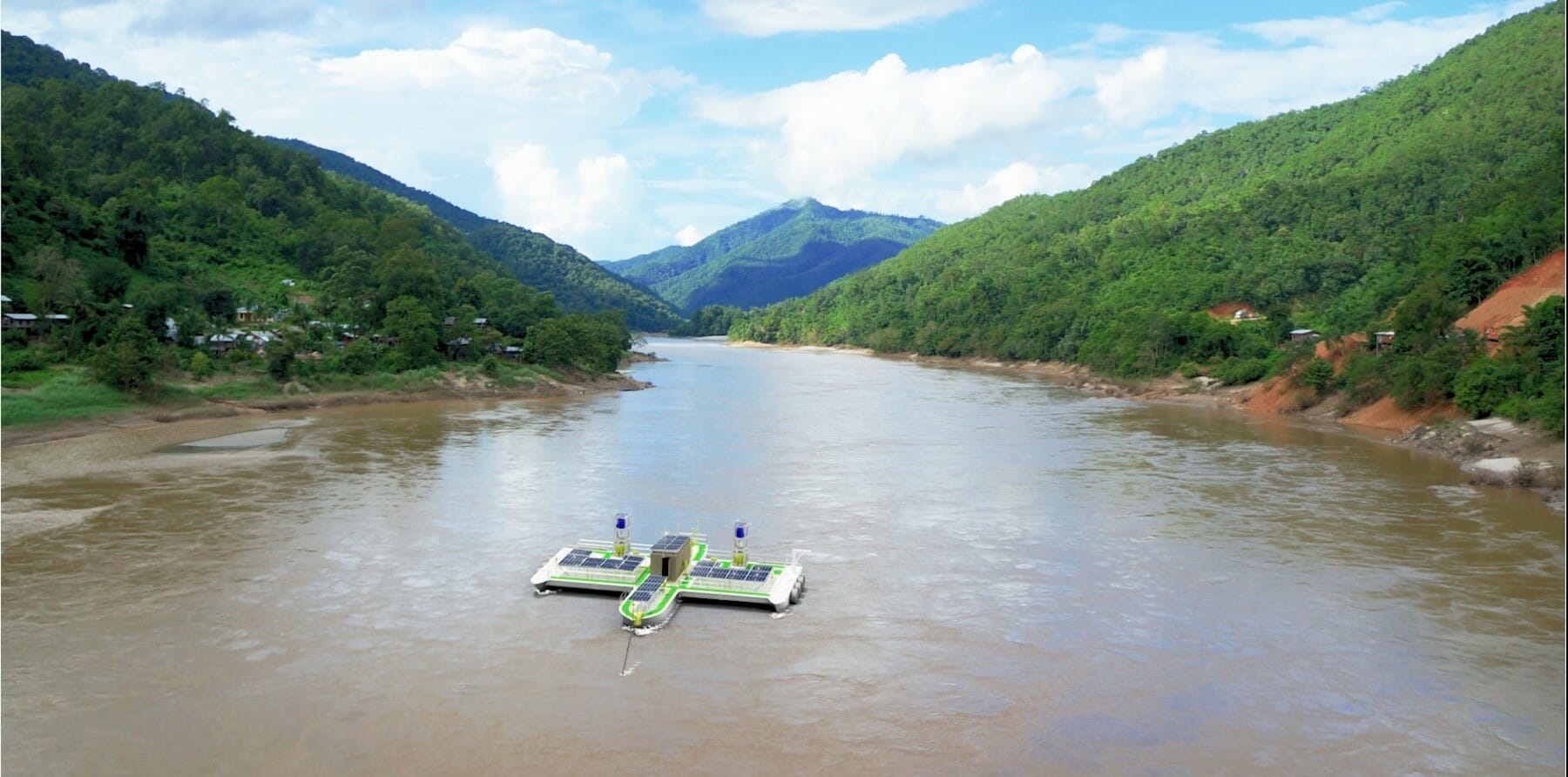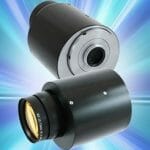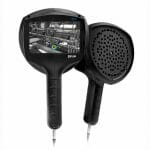Presented with the challenge of finding a dependable and environmentally friendly means of providing a reliable electricity supply to remote communities in Myanmar – and ultimately around the world – engineers at renewable energy specialist DWR Offshore have devised a unique and innovative solution.
Designed to take advantage of two natural resources that are readily available in Myanmar – instream tidal river flow and sunshine – the Floating Instream Tidal and Solar (FITS) power plant has a trimaran hull that is fitted with two vertical-axis instream turbines and is clad with solar panels. Power conversion systems supplied by Danfoss Drives ensure that the FITS plant provides an accessible and consistent source of power.
Supported by a grant from Innovate UK, the pilot FITS power plant has been developed and constructed in conjunction with Royal Marine Engineering and Spectrum Sustainable Development Knowledge Network.

A key feature of the FITS plant design is that its two vertical-axis turbines can be tilted to 90º to raise them clear of the water and, when this is done, the plant can be towed through the water just like any other vessel. This allows it to be moved, easily and inexpensively, to any location on a river where electrical power is needed. Each of the turbines is coupled to a permanent magnet three-phase generator which, when the FITS plant is positioned in fast-flowing water, produces an output of 100 kW. The solar panels add another 10 kW.
“Generating power is, of course, the primary role of the FITS plant,” said James Diddams, Founder and Director of DWR Offshore, “but on its own, it’s not a complete solution. The voltage and frequency of the power from the generators varies according to the water flow, and the output of the solar panels depends on the level of sunlight. We needed a way of providing a stable supply for power users despite these fluctuations. To help us achieve this we approached Danfoss Drives.”
The expert engineers at Danfoss proposed a solution based on regenerative power converters from the company’s VACON NXC range. Each of the generators would be equipped with two converters, one configured as a generator controller, the other as a microgrid controller. The converters would be coupled via a DC bus, which would have provision for connecting power from the solar panels. This arrangement allows the FITS plant to deliver a stable 400 V 50 Hz three-phase supply irrespective of generator output fluctuations over a wide range.
“We selected Danfoss Drives as a partner for this project after carefully evaluating a number of other potential suppliers,” said James Diddams. “What impressed us most about Danfoss was the company’s technical expertise and ability. Although ours is a rather specialised application, Danfoss already had proven generator control and microgrid firmware packages that were ideal for our purposes. We could, therefore, be confident that implementation would be problem free.”








